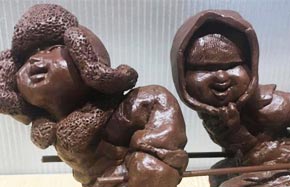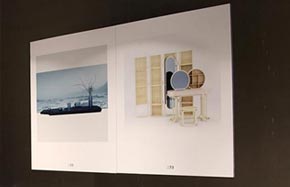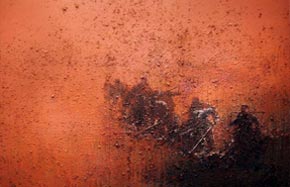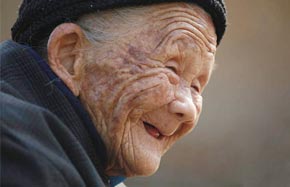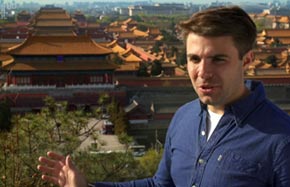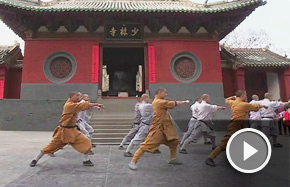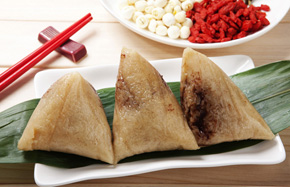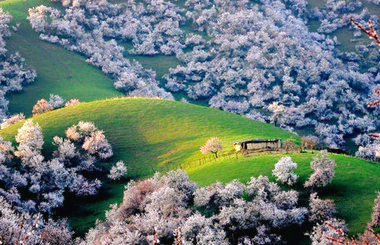Exhibition celebrates rich history of 'blanc de Chine'
 |
|
Heart Sutra, by Xu Ruifeng. [Photo by Jiang Dong/China Daily] |
For nearly 1,000 years, mountainous Dehua county in Fujian province has been producing ivory-white porcelain.
When pieces were exported in large quantities to Europe via the Maritime Silk Road between the 17th and 18th centuries, the wares won acclaim and were referred to in French as "blanc de Chine (white from China)".
Ancient Dehua porcelain can be found today in museums at home and abroad, including Beijing's Palace Museum, the British Museum in London and the Metropolitan Museum of Art in New York.
The porcelain has also been excavated by archaeologists from wrecks of ancient ships, such as the Nanhai One, a Song Dynasty (960-1279) vessel found off South China's coast 30 years ago.
More than 180 porcelain objects by contemporary Dehua artisans are on show at the Silk Road Ambassador, China White exhibition at the National Museum of China in Beijing.
Wang Yi, the exhibition's curator and a researcher at the China National Academy of Painting, says the milky-white Dehua porcelain has a translucent glaze and features a jadelike texture.
"It transmits divinity, purity and grace," he says.
He says the artists-105 in total-include State-designated "arts-and-crafts masters" and up-and-coming creators, both of whose works show their endeavor to retain Dehua porcelain's charm.





